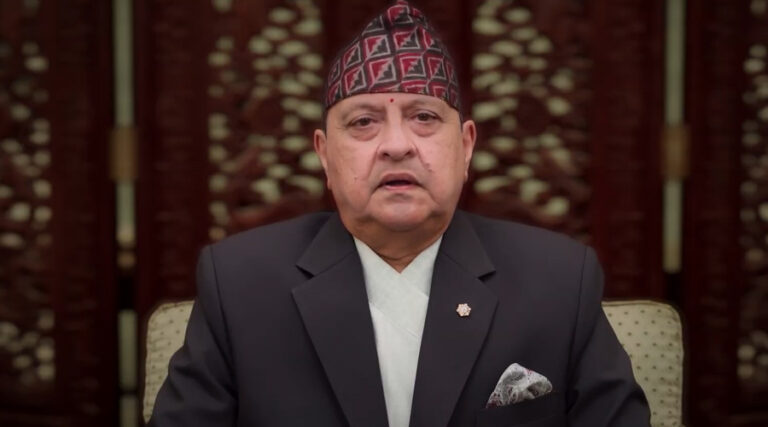
On the second day of Navaratri, which falls on Ashwin Shukla Dwitiya (Tuesday), devotees across Nepal are performing special worship of Goddess Brahmacharini, the second of the nine forms of Goddess Durga.
On the first day of Navaratri (Monday), Ghatasthapana was observed with the Vedic ritual of sowing barley seeds (Jamara) and invoking Shailaputri, the first form of the Goddess, for worship. On the second day, devotees invoke Brahmacharini at the same sacred site for rituals and prayers.
Throughout the nine days of Navaratri, recitations of sacred texts such as the Durga Saptashati (Chandi) and Shrimad Devi Bhagwat are performed. It is a long-held belief that worshipping the Goddess during this period bestows strength, prosperity, and wisdom. Followers of the Vedic Sanatan Dharma observe special devotion to Goddess Durga from Ashwin Shukla Pratipada to Navami, and the offerings (Prasad) from the rituals are distributed from Vijaya Dashami until Kojagrat Purnima.
Goddess Brahmacharini is revered as the embodiment of self-restraint and spiritual pursuit, guiding seekers toward the realization of the eternal truth (Sat-Chit-Ananda). According to tradition, she is depicted holding a lotus, a rosary (Akshamala), and a water pot (Kamandalu).
During Navaratri, major Shakti Peeths (power shrines) across the country witness large gatherings of devotees. Since Monday, these holy sites have been bustling with religious fervor and special worship ceremonies.



